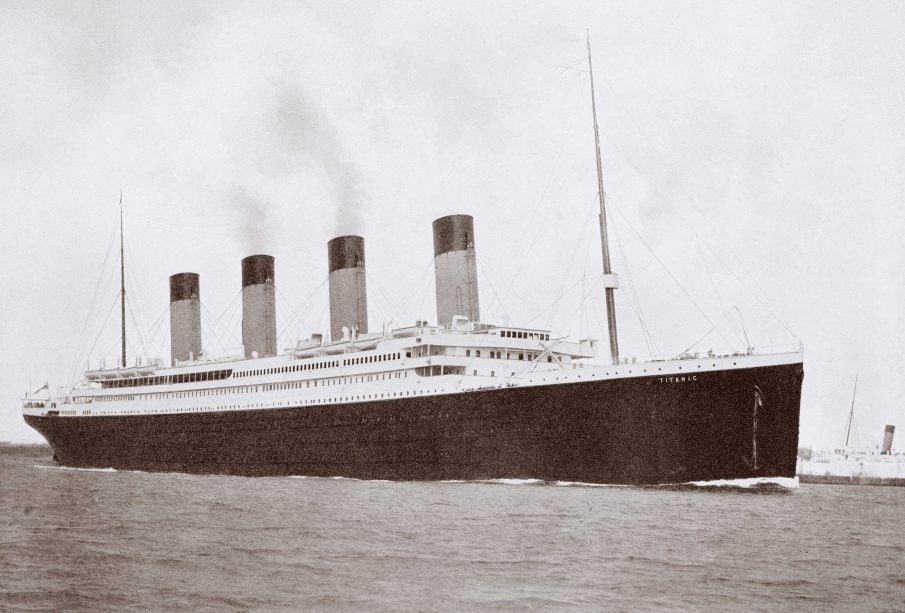Recent Titanic Scans Unveil New Insights into the Shipwreck

Introduction to Titanic Scans
The RMS Titanic has long captivated public imagination with its tragic sinking in 1912. As advancements in technology continue to evolve, recent scans of the Titanic wreck site have provided researchers with unprecedented insights into the structure’s condition and historical context. These findings are not only relevant for historians but also for conservationists who seek to preserve the wreck while taking into account its deteriorating state.
Details of the Scans
Utilizing state-of-the-art sonar technology and underwater drones, a research expedition organized by the OceanGate company, in partnership with scientists and marine archaeologists, recently completed a series of comprehensive scans of the Titanic wreck. The scans revealed clear images of the ship’s bow and stern, allowing experts to assess the damage incurred over the last century. They found significant deterioration of the hull, with many areas impacted by deep-sea bacteria that consume iron, contributing to the wreck’s gradual collapse.
During the scans, researchers also identified new artifacts and debris fields around the Titanic that had not been documented in previous studies. This discovery is vital for understanding the environmental impact on the historical shipwreck site. A full analysis of the scan data is expected to produce 3D models of the wreck, which will further enhance both public engagement and scientific understanding.
The Significance of These Findings
The significance of these Titanic scans extends beyond academia. Understanding how the wreck evolves over time allows for strategic planning in preservation efforts. Organizations involved in Titanic conservation express the need for a balance between exploration and preservation, emphasizing the importance of respecting the site of this maritime disaster while still learning from it.
Furthermore, as public interest grows, especially around centennial anniversaries and educational programs, these technological advancements provide a way to share the ship’s story more vividly, ensuring that the lessons learned from the Titanic tragedy continue to resonate with future generations.
Conclusion and Future Projections
Ultimately, the insights gleaned from the recent Titanic scans mark a crucial step forward in both scientific inquiry and historical preservation. As the decay of the ship progresses, ongoing monitoring and research are essential. Enhanced technologies will likely bring further revelations about the Titanic and its place in history, helping society learn not only from the events surrounding its sinking but also from the ongoing efforts to remember and honor the lives lost.









